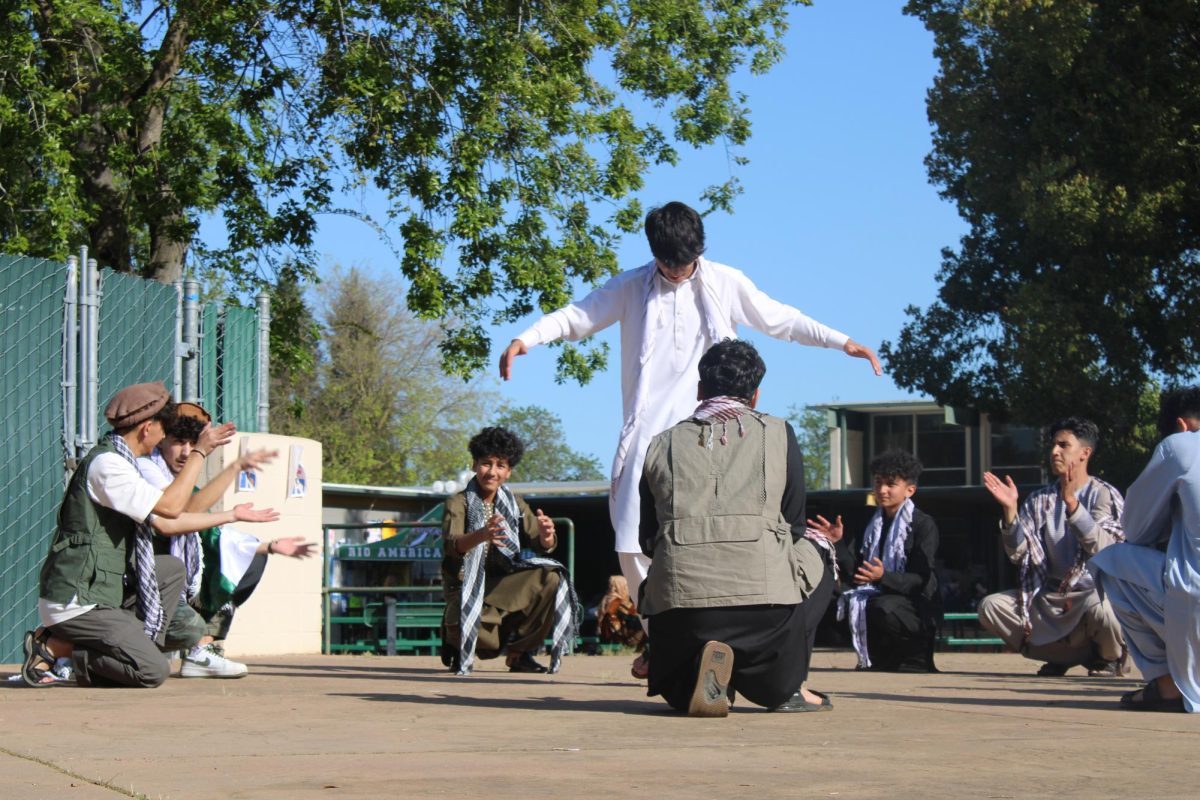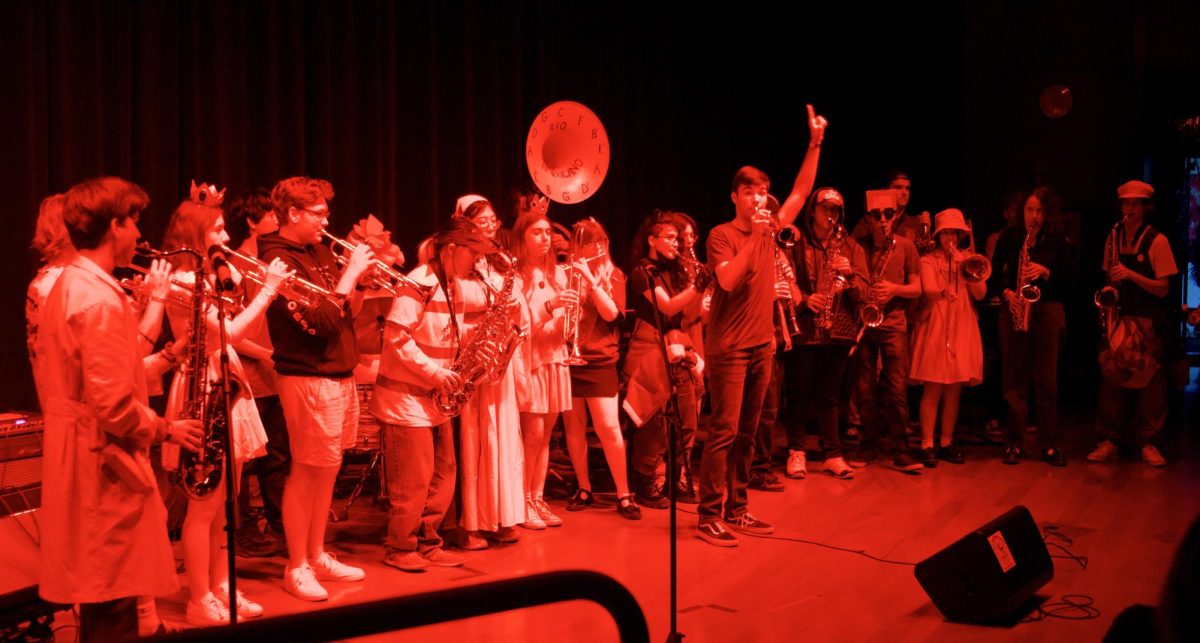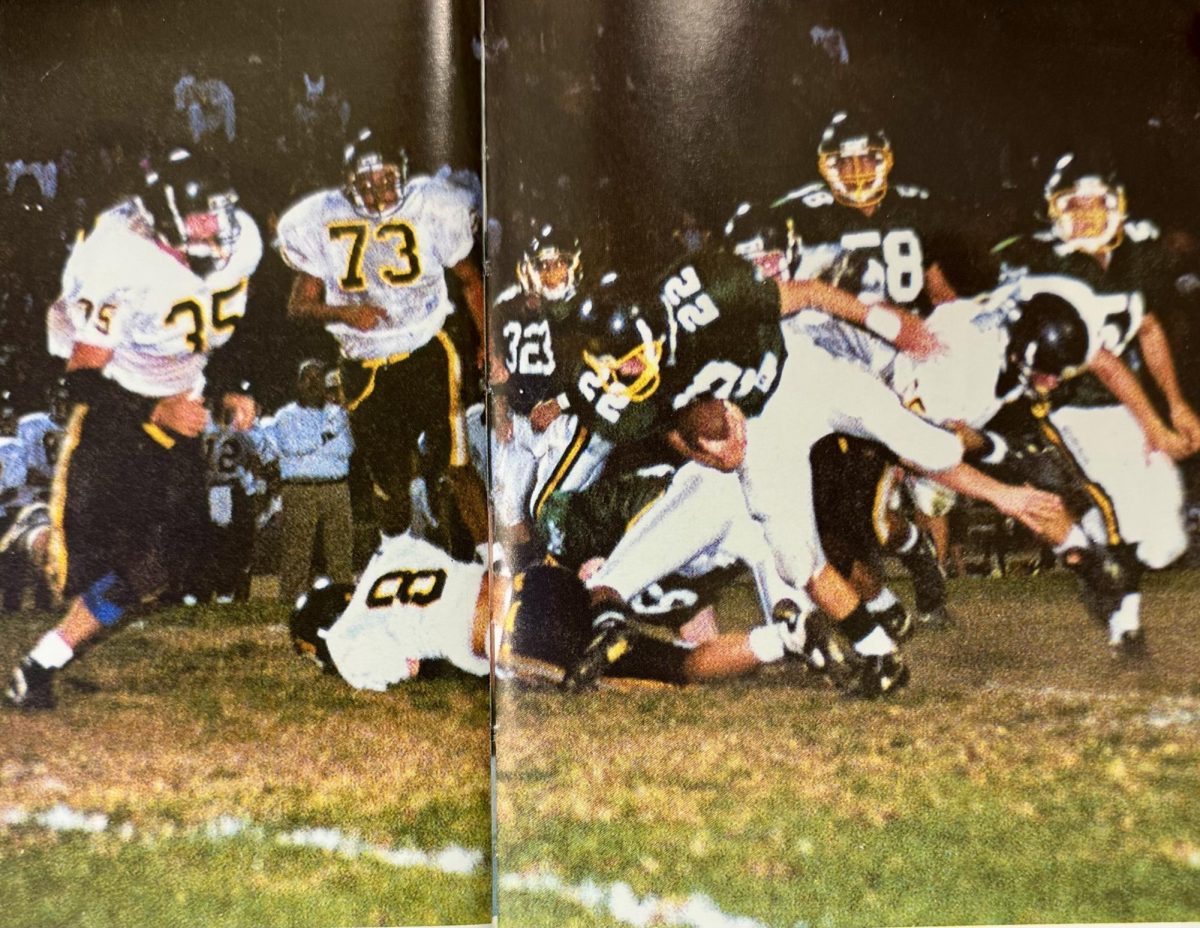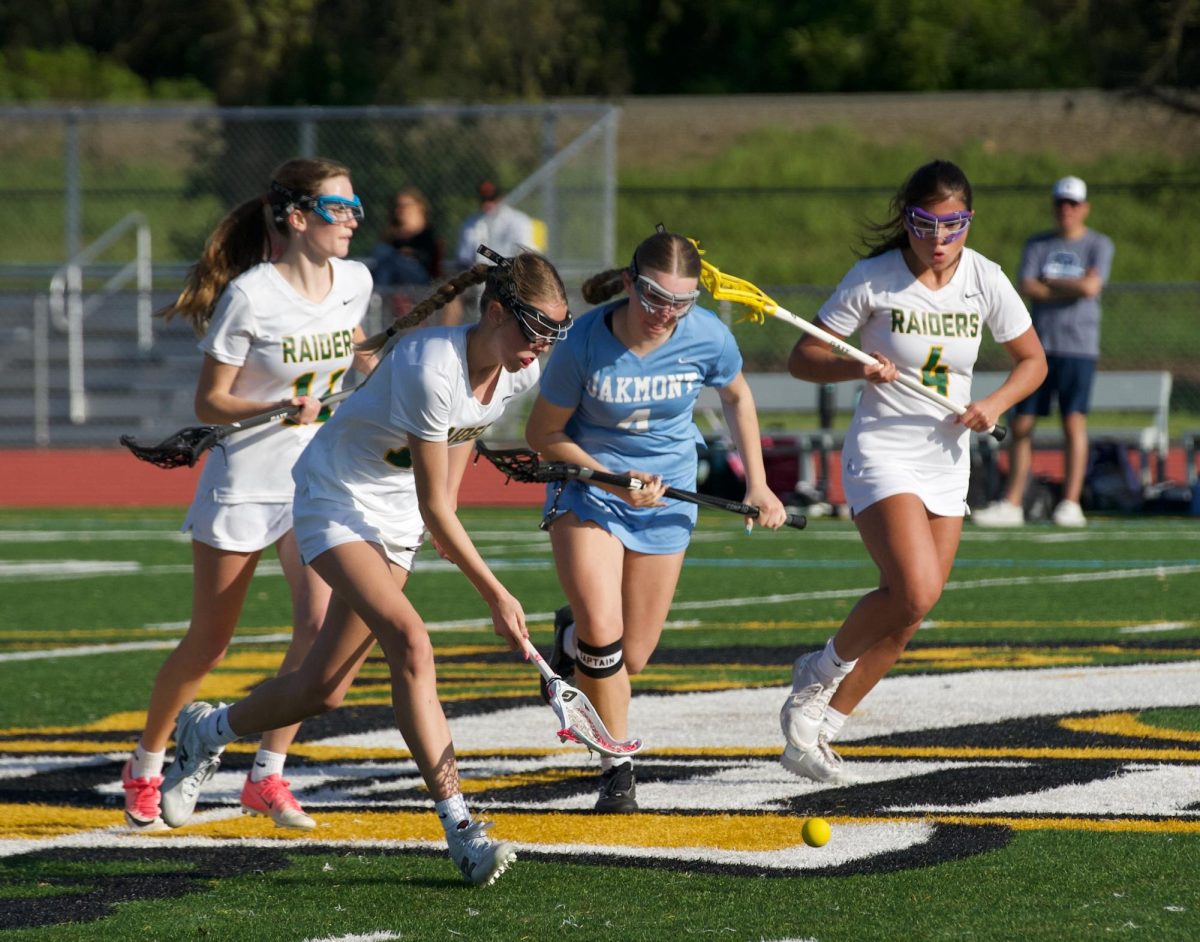California voters have a strong recent track record with public education. Voters just passed Prop 2, a hefty facilities bond to repair aging schools, and two years ago, they approved Prop 28, which directs up to $1 billion of current funding annually toward arts education.
We cover Prop 28, and how the money has been used at Rio and in San Juan Unified, in this issue of the Mirada (pg. 4).
Although arts and humanities have taken a backseat to STEM fields in recent years, Californians clearly understood the continued importance of the arts, especially for young people.
We know that arts education boosts student creativity and imagination and increases their emotional intelligence, but most of all, students like art classes.
In many ways, Rio is an arts school. Our band program is one of the best in the country. Our theater program thrives with high-quality productions. And ceramics is the most-requested class at the school.
It would seem obvious that we should fund more of an already good thing, and voters agreed. California has now indefinitely guaranteed the presence of arts education; the money will be there every year, for every school.
But, in perhaps the most California way possible, Prop 28’s restrictive regulatory structure threatens to undermine its effectiveness in our schools.
The measure has come under scrutiny for its funding model, which requires that at least 80% of the funds (about $200-300,000 annually for a Rio-sized school) be used for staffing, whether that means a new hire, instructional assistant or more classes for a current teacher.
Just 20% of the money can be spent on supplies and training (which isn’t a small amount for a large school, but can be for a smaller school).
The goal of the minimum 80% threshold is to expand the arts by hiring more teachers. Just purchasing supplies would be beneficial, but it wouldn’t necessarily allow schools to reach more students and offer more courses.
In that regard, Prop 28 approaches arts funding in the right way, or at least with the right intention. Rio has undoubtedly benefited from Prop 28. But not every school receives enough funding to hire a new full-time teacher, or even to bring in an aide to current art classes.
That’s not to mention the historic teacher shortage in California, which throws into question the availability of additional arts teachers. The state will need 15,000 teachers for full implementation of Prop 28, but only has 5,000 right now, according to EdSource.
And yet, schools remain stuck with the 80% rule. Although it makes sense that the state wanted to ensure spending accountability, a better structure for Prop 28 would allow some flexibility on the funding allocation for smaller or specialized schools.
Many of Prop 28’s regulatory guidelines make sense: funds must only supplement existing spending, not supplant it; funds can be rolled over for three years; and the money can be used on a wide range of classes.
But the questions remain: where will we find 10,000 more teachers, or the space for them in schools and schedules? What happens when rolled-over funds expire?
Prop 28 is a much-needed investment in the arts, but it’s becoming increasingly clear that a steep price tag means nothing when bogged down by strict spending rules.














































Matt Teymouri • Feb 13, 2025 at 11:44 PM
This article is super helpful in bringing nuances of seemingly good things to light. All I’ve heard about Prop 28 is how much good it’s caused, and while that’s true and I would argue it’s overall a net positive, it’s super important to note flaws in its design. This article explores that very well.